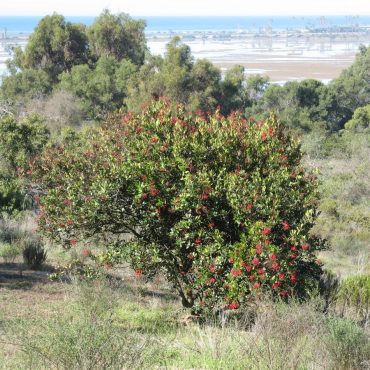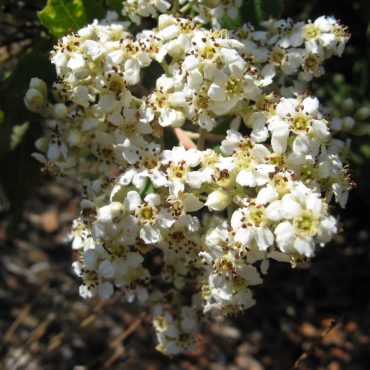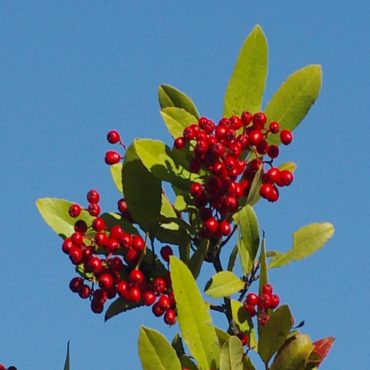Although the summer clusters of small white flowers are attractive, toyon (Heteromeles arbutifolia) is best known for its bright red berries, which are conspicuous from November through the winter – or until they are devoured by wildlife. The berries give rise to the alternate names: Christmas berry and California holly.
Toyon
Heteromeles arbutifolia
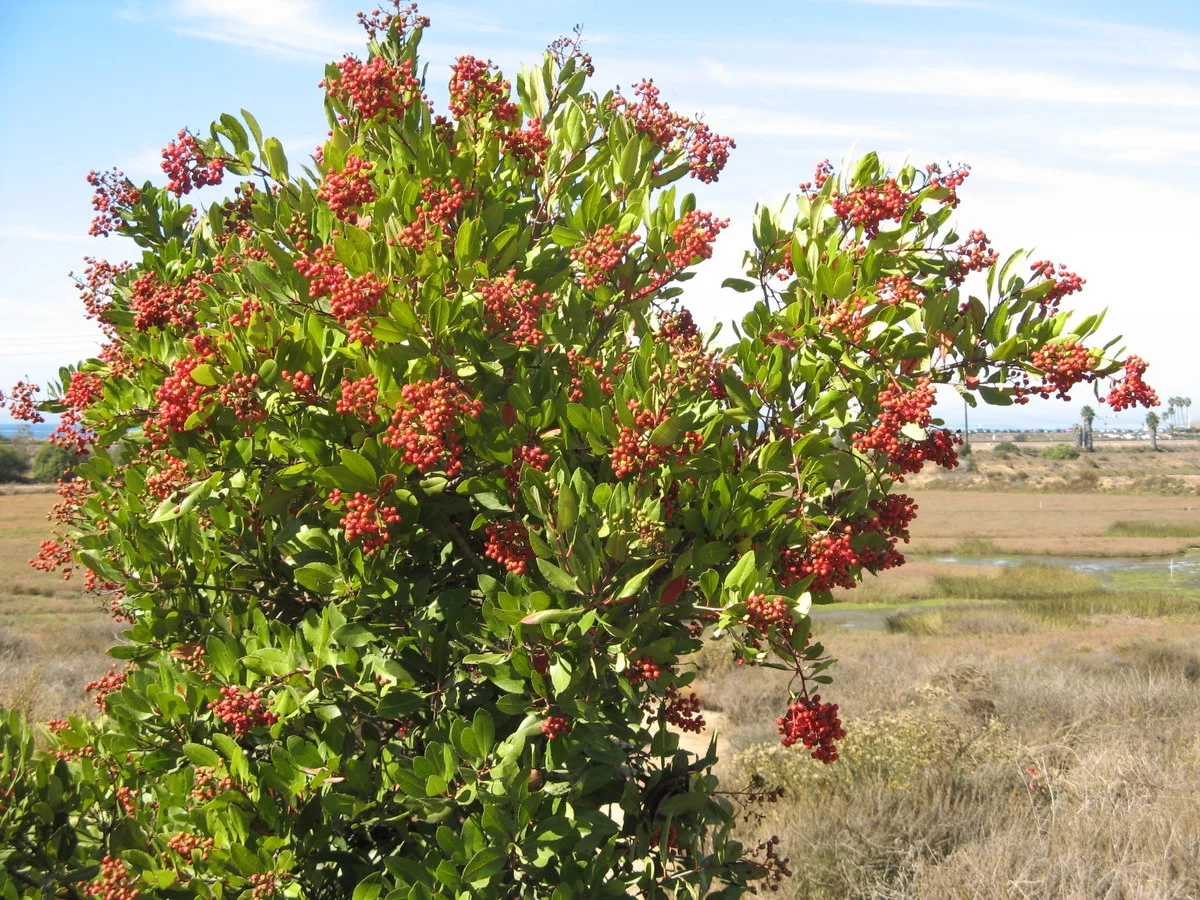
Other Common Names:
Christmas berry, California holly
Description 2,3,4,5,27,59
Toyon is a large, native, evergreen shrub or small tree, usually less than 20 feet (6 m) tall.
The leaves are 2-4 inches (5-10 cm) long, approximately oval with small teeth. Mature leaves are thick and leathery with a waxy coat. New growth is often bronze in color.
Flowers are small, white and bisexual with 5 petals and 10 stamens. Flowers are born in terminal clusters primarily between June and July.1
The quarter-inch (6 mm) berries ripen to bright red in the fall; in cross-section, berries resemble tiny apples. They are prized by wildlife and often disappear rapidly.
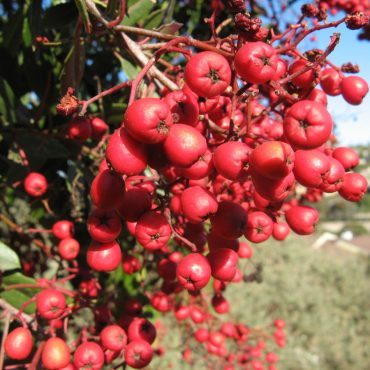
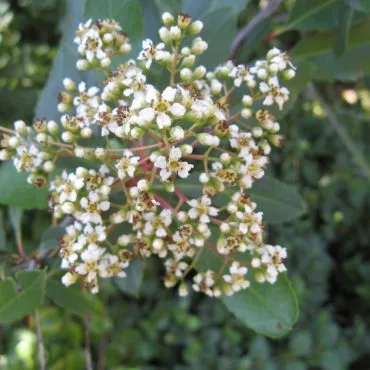
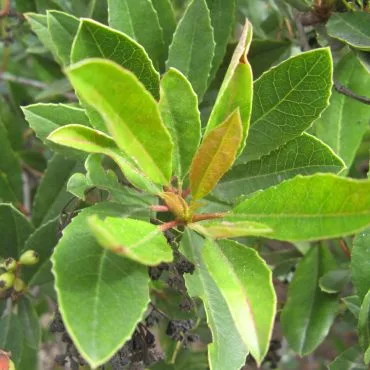
Distribution 5,7,8
Toyon is found throughout California below 4000 feet (1200 m), but only slightly beyond the state boundary. It is a frequent component of chaparral, often in canyons and north facing slopes. It is also found in coastal sage scrub.
In the Reserve, toyon is widely distributed in both sage scrub and chaparral. A mature specimen grows at the west end of the Nature Center parking lot.
Learn more about plant vegetation types here
Classification 2,11,27
Toyon is a dicot angiosperm in the rose family, the Rosaceae. This is a variable family.44 Plants generally have bisexual flowers that are radially symmetrical with five petals and five to numerous, spirally arranged stamens.
The rose family includes many commercial plants including fruits (including plums, peaches, apples, and strawberries) and ornamentals (such as roses and pyracantha).
Heteromeles is a single species genus. Other members of the Rosaceae found in the reserve include chamise (Adenostoma fasciculatum) and California wild rose (Rosa californica).48
Jepson eFlora Taxon Page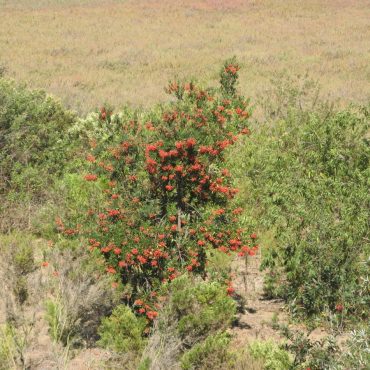
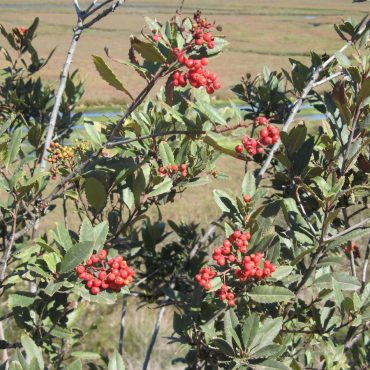
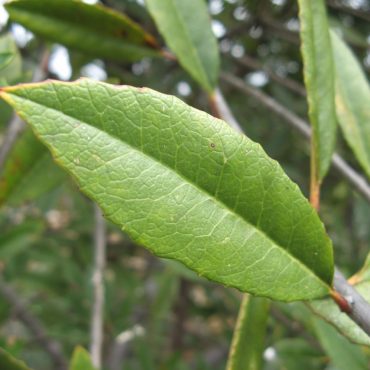
Ecology
Toyon is drought-adapted with thick, waxy leaves that reduce transpiration and allow it to stay green all year, although growth slows during summer and fall.5
Toyon has a strong and much-branched root system that is deep and wide spreading,5 an adaptation for capturing the limited amount of moisture.
Compared with other chaparral and sage scrub species, toyon is relatively inflammable.5 After a fire, toyon resprouts vigorously from the root crown; survival of seeds, however, is poor.14
The cyanic compounds in the leaves and berries may reduce herbivory.5,27,36
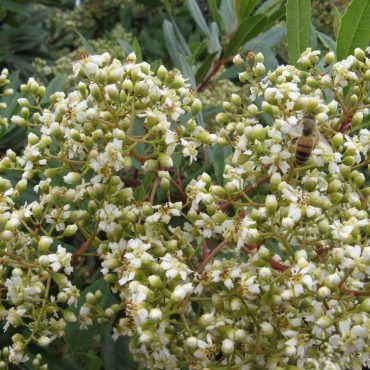
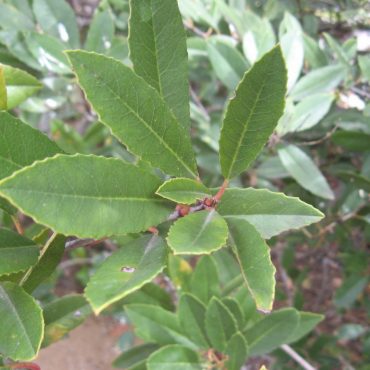
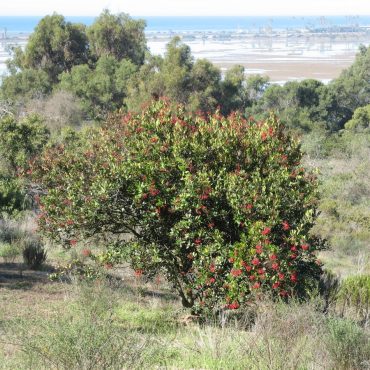
Human Uses
Toyon berries were eaten by native Americans, but accounts of palatability vary from “sweet and spicy”3 to “bitter and used for food only when … starving”.9 Berries were usually roasted or boiled to remove the bitter taste; sometimes they were dried for future cooking.
Early settlers cooked berries into pies and custards and fermented them into a cider.27 (We now know that cooking and fermentation deactivate the cyanic compound in berries and leaves.)
Kumeyaay made a pulp of the leaves and used this as a wash for sores.9 Because the wood of toyon is very hard; the Chumash Indians used toyon wood extensively for tools and weapons.15
Toyon is an adaptable garden plant for Mediterranean climates.24,79 It has been introduced into gardens in Europe.27
NOTE: Both leaves and immature fruits contain a cyanide compound that can cause sickness and death; in mature fruits, the toxin is concentrated in the seed, not the pulp.39
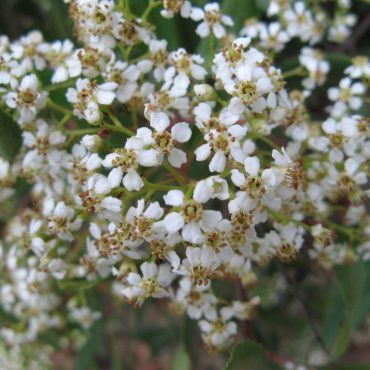
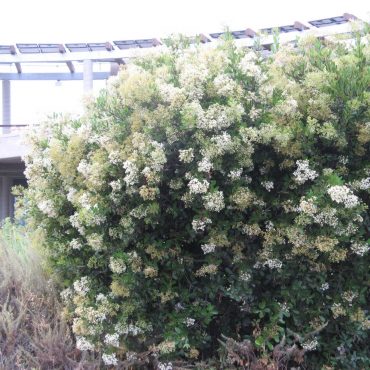
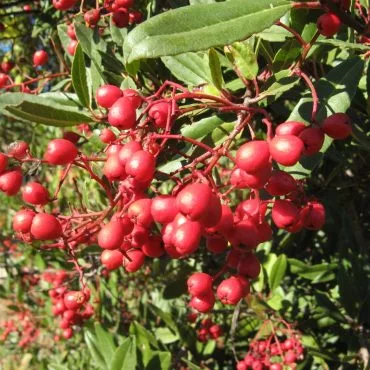
Interesting Facts
There are at least 2 versions of the derivation of the name “toyon”:
1) it is derived from the name used by the Ohlone (a native American tribe of central California);16, 24
2) it is derived from an old Spanish word for canyon, a preferred toyon habitat.27
The bright red berries at Christmas time give toyon its other common names: Christmas berry and California holly. Some think the large stands of toyon in the hills behind Hollywood gave that town its name.5,24,27
In the 1920s, an extensive harvest of toyon for Christmas decorations so threatened the populations that a state law was passed prohibiting the removal of any part of the plant from public lands.5,27
